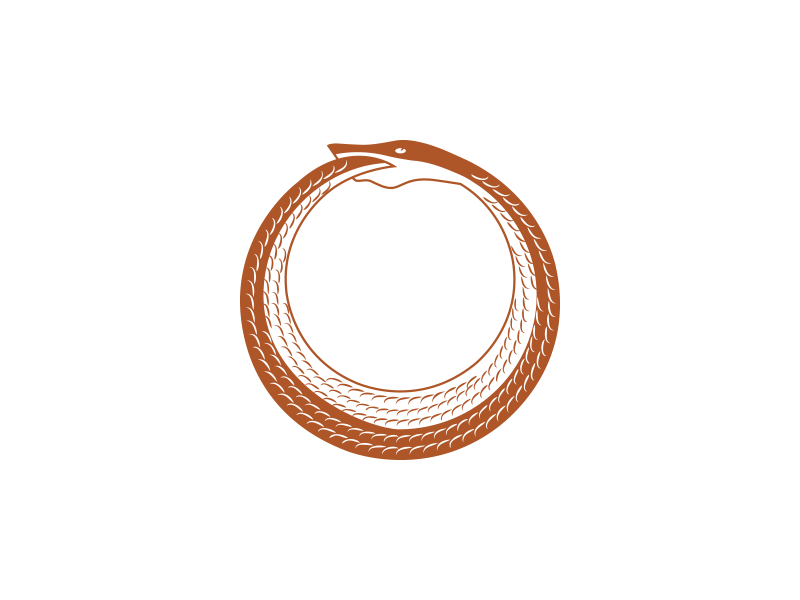

Our Vinification
At Monte do Além, we are convinced that good quality grapes, with a high concentration of anthocyanins and tannins are the crucial elements of vinification.
If you visit Monte do Além at the beginning of September, you will see Vinciane walking through the vineyard picking a few clusters of grapes at random in order to check the bitterness of the seeds and the sugar content of the flesh. Each day, she will decide upon the exact moment the harvest can begin for each plot. Once ideal maturity reached, harvesting can start and this is carried out entirely by hand.
The clusters of grapes are collected in plastic crates and immediately taken to the ‘adega’ or wine cellar. The grapes are then de-stemmed, crushed and descend by gravitation into thermo regulated stainless steel silos. The first fermentation, the transformation of sugars to alcohol, begins : red wines ferment between 25° and 30° with the skins in order to extract the colour. The rosé is obtained by bleeding, meaning that the juice is immediately removed from the silo. The brief contact with the skin giving the pinkish colour to the wine. During fermentation, the grape skins rise to the surface of the silo to form the ‘hat’ or ‘marc’. The silos are checked daily and adjusted to maintain complete anaerobic conditions during the process. Once the alcholic fermentation complete, the wine is left to macerate with the skins to extract the colour, the tannins and other phenol composites.
The entire process lasts about three weeks.
Next, the wine is run off from the silo and the ‘rearing’ phase starts. The remaining skins are then pressed to extract the “pressed wine” which is aged separately. After this step we proceed with the malolactic fermentation (second fermentation) again using the stainless steel silos. Some of the wine is then transferred to French oak casks (30% of our oak casks are replaced with new ones each year). Once in the casks the slow oxidation process begins to progressively remove the harsh characteristics commonly associated with young wines.
Blending will start after this ‘rearing’ phase which usually lasts between 12 and 18 months. The cellar master only steps in to help mother nature when absolutely necessary, making decisions by carefully following the evolution of the wines. A healthy harvest, a complete fermentation leaving little residual sugars behind and optimal acidity are the factors which favour the minimal requirement of sulphur dioxide (SO²), characteristic of an organic wine.
At Monte do Além we do not exceed 60 mg/L of SO², while the European legislation for non-organic wines allows up to 160mg/L for red wines and 210 mg/L for whites.






 Our Property
Our Property  Our Philosophy
Our Philosophy  Our Vines
Our Vines